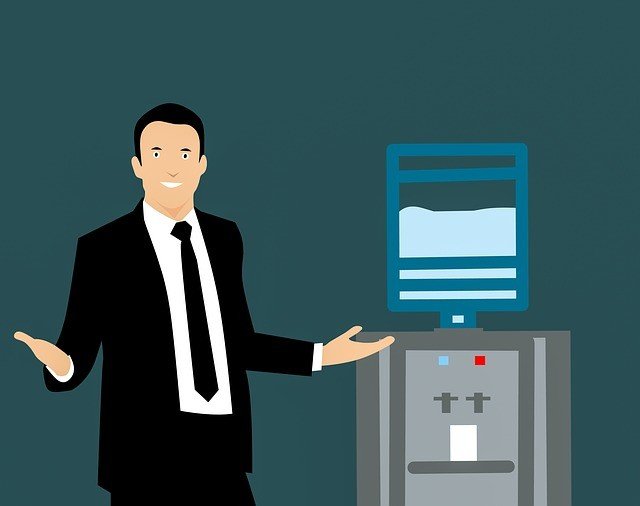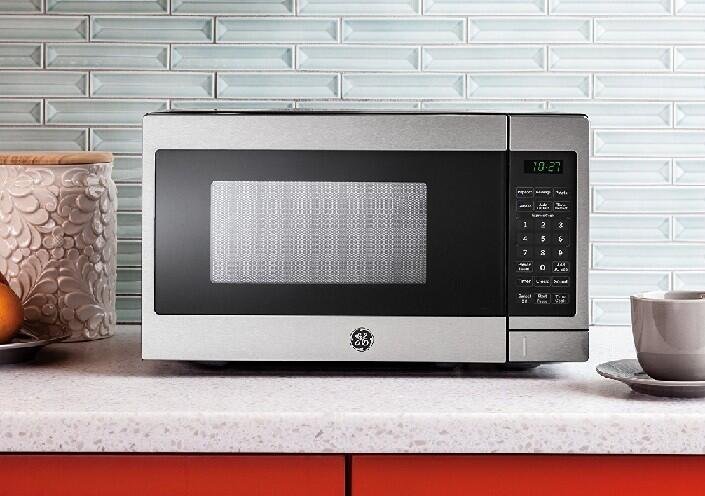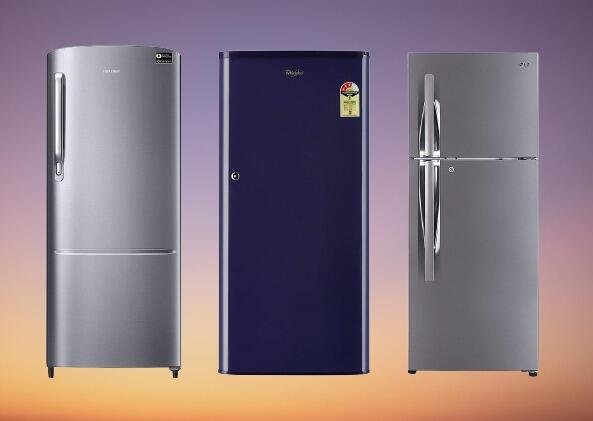Installing a home water purifier is an increasingly popular choice for homeowners, driven by environmental concerns and the need for clean, safe drinking water. This guide provides the necessary steps and information to install a water purifier in your home, ensuring access to high-quality water.
Before starting the installation, it’s essential to:
- Assess the quality of your water.
- Research different types of water purifiers.
- Measure and prepare your space.
- Turn off the water supply and drain the pipes.
- Install pre-filters and sediment filters.
- Flush the system and test the water quality.
- Regularly maintain and clean the system for long-term efficiency.
This guide offers a detailed overview of each step, including technical details for those seeking more profound understanding. You can confidently install a home water purification system by following these steps.
Key Takeaways
- Research: Explore filtration systems like activated carbon filters, reverse osmosis systems, and ultraviolet (UV) purifiers.
- Proper Installation: Ensure proper procedures and regular maintenance for clean water.
- Measurements: Accurate placement is crucial for successful installation.
- Water Testing: Regular checks are necessary to maintain safety and effectiveness.
Assess Your Water Quality
Understanding your water quality is vital to identify potential contaminants and select the right purification system. Water quality assessment involves evaluating parameters affecting the safety, taste, and odor of drinking water.
Water Testing Methods
Water testing methods analyze the water’s:
- Chemical composition (e.g., heavy metals, pesticides).
- Microbiological content (e.g., bacteria, viruses).
- Physical characteristics (e.g., turbidity, pH level).
To get a comprehensive assessment, use a combination of these methods. Regular testing helps homeowners stay informed and take necessary steps to ensure safe drinking water.
Research Different Types of Water Purifiers
This section focuses on researching water purifiers, comparing filtration systems, and considering factors like cost, maintenance, and effectiveness.
Compare Filtration Systems
Different filtration systems offer various benefits:
- Activated Carbon Filters:
- Pros: Remove chlorine, VOCs, and bad odors/tastes.
- Cons: Ineffective against heavy metals, bacteria, and viruses.
- Reverse Osmosis Systems:
- Pros: Remove most contaminants, including heavy metals and dissolved solids.
- Cons: Can result in water wastage.
- Ultraviolet (UV) Purifiers:
- Pros: Kill bacteria and viruses without altering water taste or odor.
- Cons: Do not remove chemicals or heavy metals.
Choosing the right system depends on your specific needs and the contaminants present in your water supply.
Consider Factors Like Cost, Maintenance, and Effectiveness
When choosing a water purifier, consider:
- Cost: Initial purchase and long-term expenses like filter replacements and energy use.
- Maintenance: Frequency of filter changes and need for professional servicing.
- Effectiveness: Ability to remove specific contaminants like bacteria, viruses, heavy metals, and chemicals.
By understanding these factors, you can select a purifier that aligns with your requirements.
Measure and Prepare Your Space
Careful preparation of the installation space is essential for an efficient setup.
Steps include:
- Measuring the space: Ensure the purifier fits and doesn’t obstruct other appliances.
- Gathering tools: Such as a tape measure, level, drill, screws, and brackets.
- Cleaning the area: Remove dust and debris to avoid interference with the purifier’s operation.
Proper preparation ensures the purifier integrates seamlessly into your home.
Turn Off Water Supply and Drain Pipes
Turning off the water supply and draining the pipes are crucial steps to avoid complications during installation.
Here’s how:
- Locate the main water valve: Usually near the water meter or where the main line enters the house. Turn it off.
- Release pressure: Open all faucets to release any remaining pressure in the pipes.
- Drain the pipes: Use a bucket under each faucet, open them one at a time, and let the water drain out.
These steps help prevent water from leaking during installation.
Install the Pre-Filter and Sediment Filter
Proper installation of pre-filters and sediment filters is essential for optimal performance.
Follow the Manufacturer’s Instructions
Ensure correct installation by:
- Following instructions: Adhere to the guidelines for each component.
- Using appropriate tools: Accurate measurements and connections prevent leaks.
- Checking connections: Ensure they are tight and secure.
Ensure Proper Placement and Secure Connections
To avoid leaks and ensure efficient operation:
- Select the right location: Away from direct sunlight and extreme temperatures.
- Secure connections: Tighten all fittings properly and check for leaks.
Connect the Water Purifier to the Plumbing System
To integrate the purifier into your plumbing system:
- Turn off the main water supply.
- Identify the cold water line: Where the purifier will connect.
- Install a T-fitting: Attach flexible tubing from the purifier to the T-fitting.
- Ensure proper connection: Tighten all fittings and check for leaks.
Install the Carbon Filter and Post-Filter
Installing the carbon filter and post-filter ensures effective filtration:
- Follow installation guidelines: Position filters correctly and secure them.
- Check for proper water flow: Test the system to ensure filters are functioning correctly.
Set Up the Faucet and Dispenser
For convenient access to purified water:
- Install the faucet: Secure it to the sink or countertop.
- Connect the dispenser: Ensure a tight connection to prevent leaks.
- Add a switch: For easy control of water flow from both faucets.
Flush the System
Flushing the system removes air and impurities:
- Close all valves.
- Open the main water supply: Allow water to flow through the system for 10-15 minutes.
- Check for leaks: Inspect connections and tighten if necessary.
Test the Water Quality
Testing water quality ensures the purifier’s effectiveness:
- Conduct regular testing: Use laboratory analysis or portable test kits.
- Check parameters: Such as pH levels, turbidity, and the presence of contaminants.
Regular Maintenance and Cleaning
To maintain optimal performance:
- Schedule filter replacements: Follow the manufacturer’s recommendations.
- Clean and sanitize: Prevent bacterial growth and ensure hygienic conditions.
Enjoy Clean and Purified Water!
Installing a home water purifier provides peace of mind and environmental benefits. Proper installation and maintenance ensure clean, safe drinking water.
Frequently Asked Questions
How long does the installation process usually take?
The installation typically takes 1-4 hours, depending on the system’s complexity and the installer’s experience. Follow the manufacturer’s instructions and seek professional help if needed to avoid common challenges.
What tools and equipment are needed for the installation?
You’ll need a wrench, pliers, tubing cutter, Teflon tape, a bucket or towel, and a power drill. The installation can take 1-2 hours. Professional installation isn’t necessary but can be helpful if you’re unsure.
Can I install a water purifier without any plumbing experience?
Yes, with the right guidance and tools, you can install a water purifier. Familiarize yourself with different water purification methods and follow the manufacturer’s instructions carefully.
Are there additional costs associated with maintaining the water purifier?
Yes, maintaining a water purifier involves costs for filter replacements, cleaning supplies, and possibly professional servicing. Consider these costs when investing in a purifier.
Is it necessary to hire a professional for the installation?
Hiring a professional ensures accurate installation and includes a warranty. However, you can save money by installing it yourself, following these steps: gather tools, shut off the water, install the pre-filter, connect the purifier, test for leaks, and turn on the water supply.
Conclusion
Installing a home water purifier involves careful assessment, research, and preparation. Following the outlined steps ensures correct installation and access to clean water. Regular maintenance and cleaning are crucial for long-term effectiveness. Start your DIY journey today and enjoy pure hydration!







